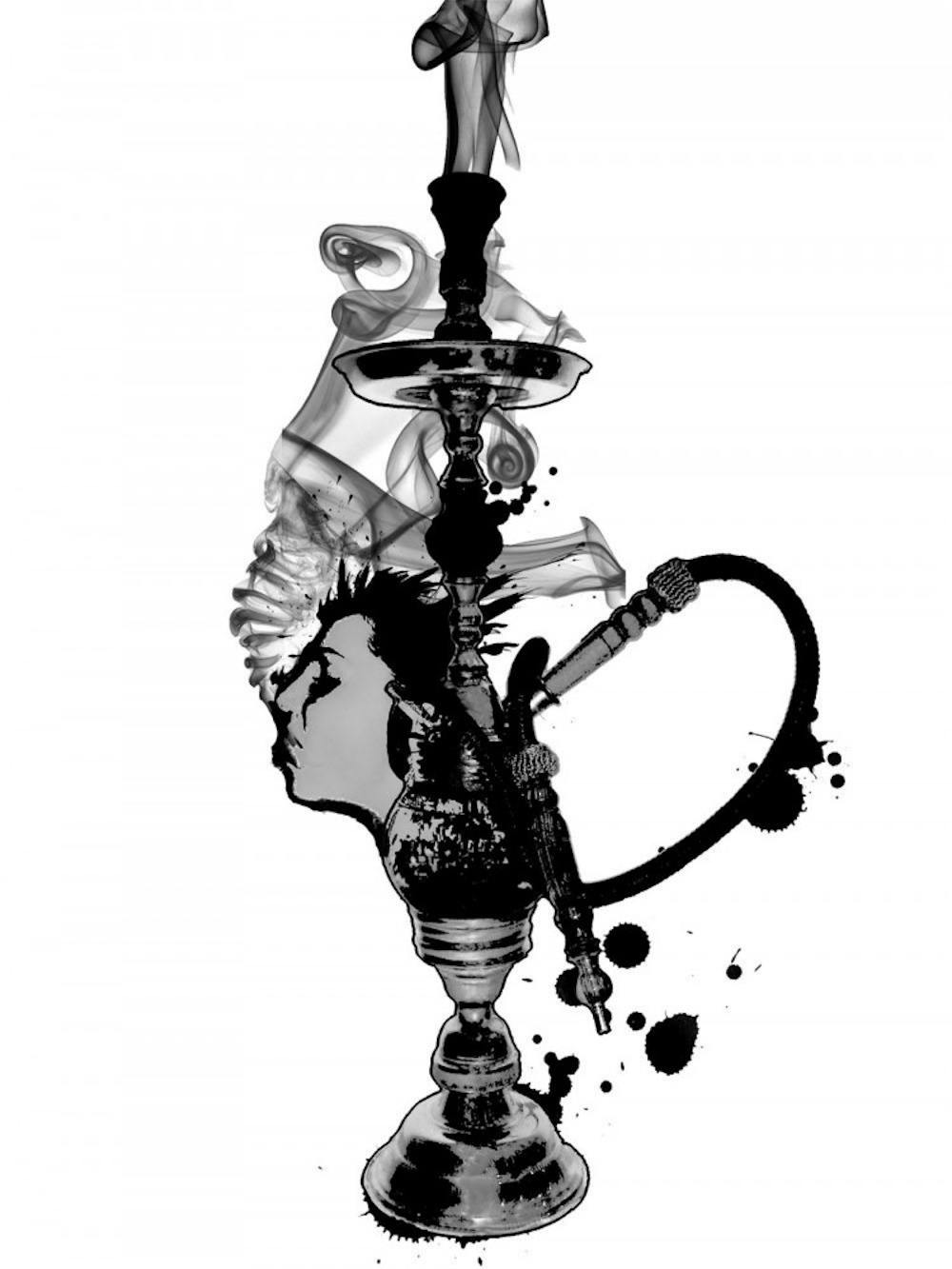While hookah attracts more and more students, many are unaware of the health risks
(The Beacon)
By Rachel McIntosh, Staff Writer -- mcintosh14@up.edu
As hookah lounges spring up in St. Johns and throughout the Portland area, the flavored tobacco attracts UP students to gather together. However, they may be unaware of the health risks of smoking hookah.
The tobacco used for hookahs is "shisha," a half-tobacco, half-syrup mixture. Shisha comes in a variety of flavors such as double apple or grape, which is cooled and smoked through water pipes, or a hookah.
For senior Muhammad Al-raddadi, smoking hookah is a custom for him and his family in Saudi Arabia.
"I started smoking hookah at age 14 and have been doing it ever since," Al-raddadi said. "We did it for hours and hours back home. We know the bad hookah from the good hookah."
While hookah is common in social settings, it's under fire in the medical community.
"Hookah lounges target young people with a party-like atmosphere featuring candy and cocktail flavored tobacco, which is an addictive product associated with heart and lung diseases," according to Oregon's 2010 Indoor Clean Air Act Compliance Study investigating the popularity of hookah in Oregon.
There are risk factors to consider before experimenting with this form of smoking.
"Hookah smokers may inhale as much smoke during a typical hookah session as a cigarette smoker would inhale from 100 cigarettes," according to the study.
Assistant Director for Nursing Services Tim Crump, from the University Health Center, uncovers the common misconceptions of smoking hookah.
"People don't realize that hookah is just as dangerous as any other form of smoking," Crump said. "The carcinogenic chemicals and nicotine are harmful and addictive in any form."
Hookah is also a communal activity, meaning participants are at risk to contract germs that could lead to mononucleosis, according to Crump.
Although the required age for smoking hookah is 18, this form of tobacco is popular with high school students, according to the Oregon study.
"It was a cultural rite of passage for me on my 18th birthday," freshman Brittney Eicher said.
For most students, hookah lounges are all about the social atmosphere.
Sophomore Kollin Wadsack is attracted to hookah because it allows him to spend time with his friends while he smokes his favorite flavor of shisha.
"When I was a freshman, it was a good way to meet people on campus," Wadsack said. "I bought a hookah last year and occasionally use it at parties."
Some students, like freshman Chelsea Brown, who normally finds smoking socially unacceptable, participate in smoking hookah.
Brown believes hookah is not as bad for you as regular cigarettes.
"No one has ever told me hookah is bad for you," Brown said. "My mom would freak out if I told her I was smoking cigarettes, but when I presented the idea of going out with some friends to a hookah lounge, she was excited for me."
However, according to the Centers for Disease Control and Prevention, hookah smokers are at risk for the same diseases cigarette smokers face, including oral cancer, lung cancer, stomach cancer, cancer of the esophagus, reduced lung function and decreased fertility.
"It's a long-term issue," Crump said. "Down the road the addiction to nicotine will affect the rest of your life."
(Photo Illustration by Alexander Domingo -- The Beacon)








